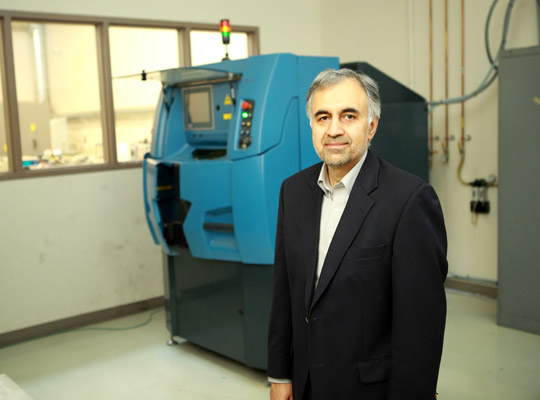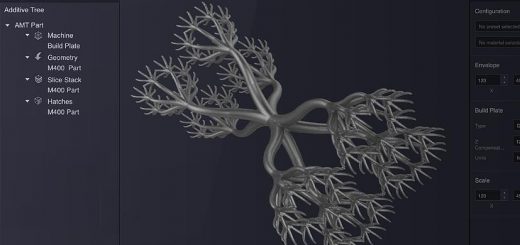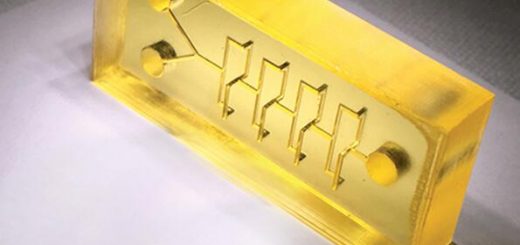UT Engineering Team First to Make 3D Objects with High-Temperature Shape Memory Alloys
A University of Toledo engineering team’s research on additive manufacturing, better known as 3D printing, could lead to smaller, lighter aircraft and biomedical devices that can be customized to a patient’s specific needs.
The team, led by UT Professor Mohammad Elahinia, was the first to successfully make 3D objects using high-temperature shape memory alloys, smart materials used in the next generation of airplanes and UAVs (unmanned aerial vehicles).

Image:Elahinia
The group published its findings in the March issue of Scripta Materialia, a peer-reviewed scientific journal.
To understand the importance of this research, one needs to understand actuators. Actuators are the components of a machine that control motion, like the mechanisms that trigger anti-lock brakes, open a valve, or help a prosthetic limb move.
Scientists are always seeking to improve the manufacture of actuators and to find ways that they can better mimic organic motion.
Shape memory materials offer simple and lightweight actuators. Unfortunately, the usual process of machining creates heat, which makes manufacturing challenging.
Additive manufacturing — building a 3D shape by adding layer upon layer of a material — solves that problem.
It has other benefits as well. It allows for the creation of more complex shapes, Elahinia said, and is a quicker, more efficient and adaptable process that can be customized to specific needs.
Another huge plus: Manufacturers can make actuators with more flexible motion, such as the ones used for morphing airplane wing tips.
The UT research is of special interest to NASA, which helped fund the work and is a partner in the project, said Elahinia, professor of mechanical, industrial and manufacturing engineering in the College of Engineering.
“They have expertise in alloy development and were instrumental in identifying the right composition of alloy for our research,” he said.
The breakthrough in UT’s research involved the high-temperature shape memory alloys. The team was able to 3D print the alloys to harness their ability for faster and more powerful actuation, which makes them more practical to use when manufacturing actuators in the aviation, automotive and biomedical fields. Actuators made with these alloys can operate at much higher temperatures and are faster and more powerful, Elahinia said.
“It’s an enabling technology,” he said. “Once you harness it, you can use it for many systems and make many different shapes. It opens the door to a lot of possibilities.”
For instance, it could be possible to replace the heavy, noisy hydraulic systems in the wings of fighter jets, drones and commercial airplanes with lighter, less costly actuators. An added bonus? Nervous flyers would no longer hear the churning hum of the hydraulic system as the plane takes off and descends.
Additive manufacturing with high-temperature alloys also could have implications for the biomedical field, Elahinia said, because manufacturers could customize medical devices quickly based on the anatomical needs of the patient.
This new technology probably won’t replace conventional manufacturing, Elahinia said, but is a better alternative for building actuators that are sensitive to heat and complicated to create.
The UT team’s next step is to fabricate prototype actuators using this technology and test them in vehicles.
Elahinia’s research was funded by more than $700,000 in grants from the Ohio Federal Research Network and the NASA Glenn Research Center. Research partners include the University of Dayton Research Institute, Case Western Reserve University and Ohio State University.
Sources:UT




Recent Comments